Have you ever seen your furry best friend trembling under the bed or frantically pacing the house as thunder rumbles outside? It’s heartbreaking, isn’t it? Storms can transform even the bravest pups into quivering bundles of nerves. But don’t worry—you’re not alone, and neither is your four-legged companion! With a little patience and some clever tricks, you can turn terrifying thunderstorms into just another rainy day. Let’s jump in and discover how to help your dog weather the storm with a wagging tail and a calm heart.
Why Are Dogs Afraid of Thunderstorms?
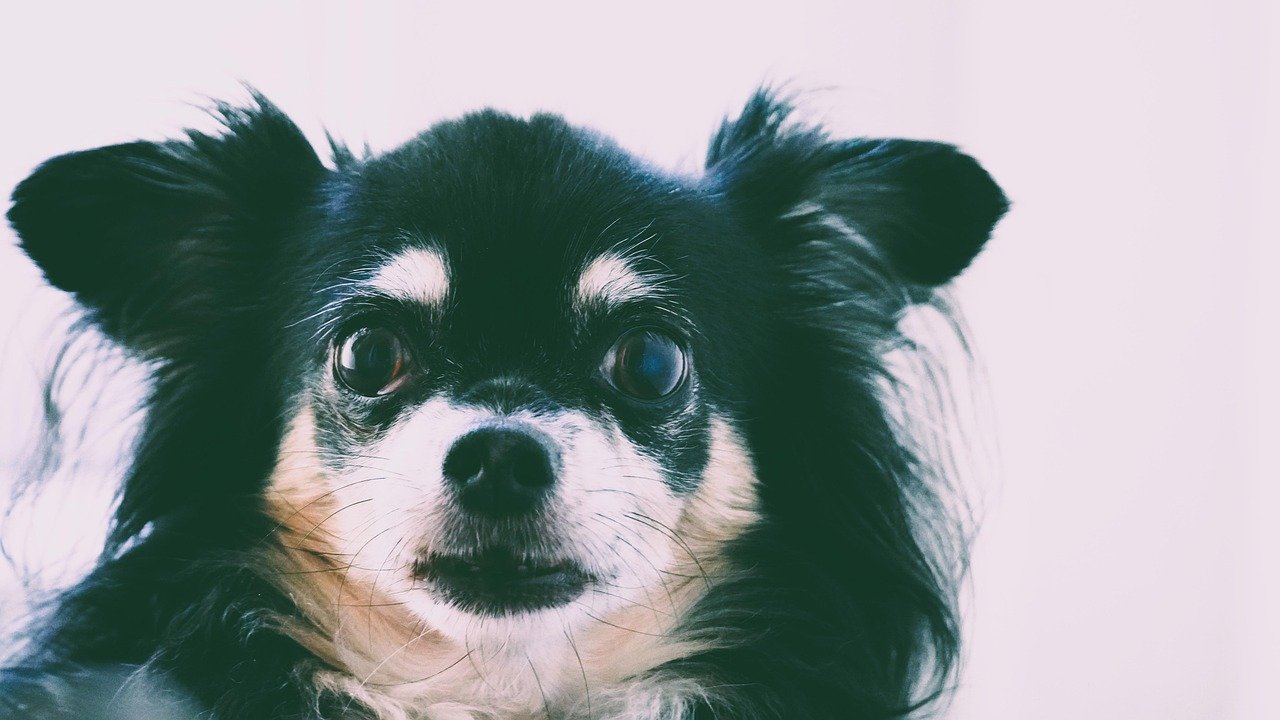
Thunderstorms can be downright terrifying for dogs, and it’s not just the booming thunder that sets them off. Dogs have far more sensitive hearing than humans, so the loud crashes and rumbles may sound like an earthquake to them. It’s not just noise, though—the rapid changes in barometric pressure, flashes of lightning, and even static electricity in the air can make your pup uneasy. Some experts believe that dogs sense our own anxiety during storms, which only adds to their fear. If your dog starts panting, drooling, or hiding before you even hear the first rumble, it’s a clear sign they’re picking up on something big. Understanding the “why” behind their fear is the first step in helping them feel safe.
Create a Safe Haven for Your Pup
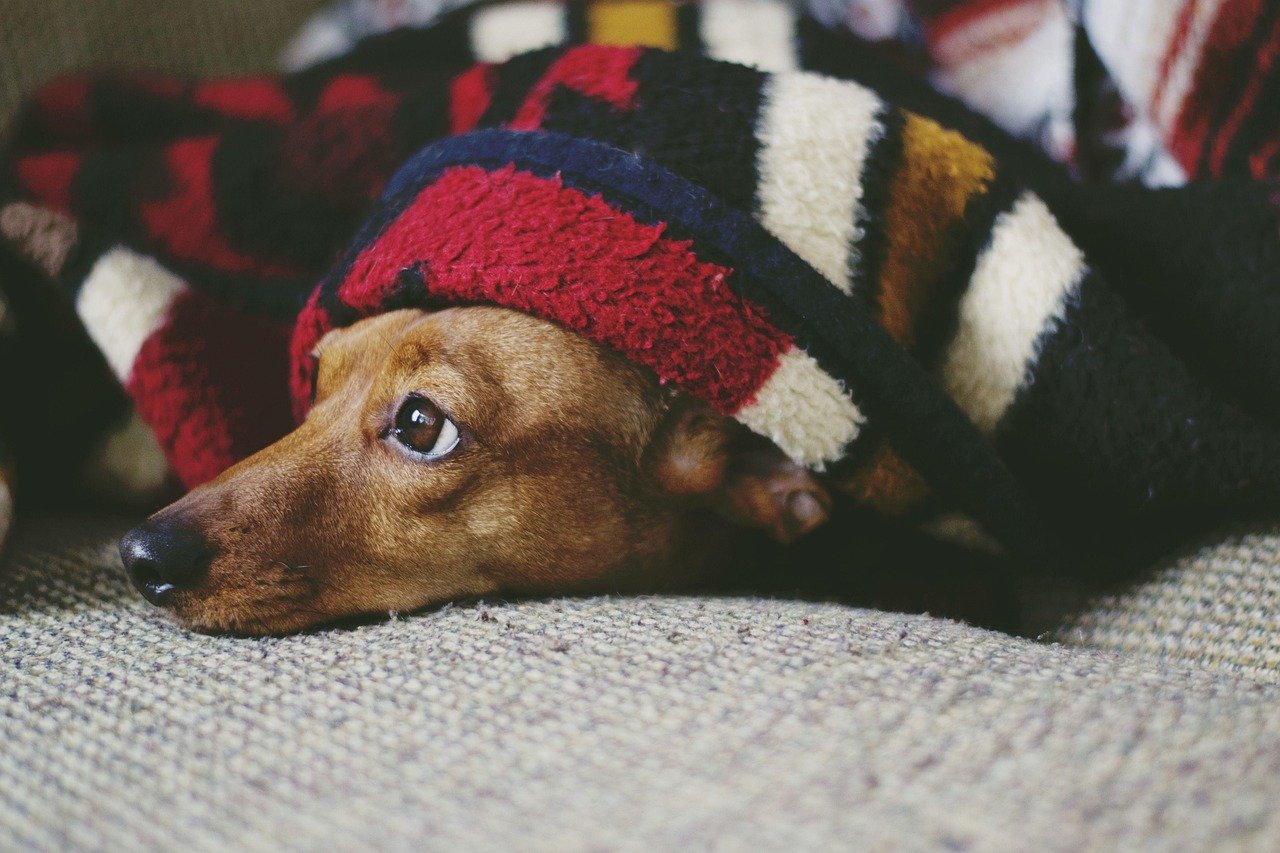
When the thunder rolls in, your dog will naturally want to find a place where they feel secure. Think of this like a cozy fort from childhood—somewhere snug and protected from the scary sounds outside. You can set up a quiet room or a comfy crate with their favorite blanket and toys. Try to pick an area where the noise of the storm is muffled, like a closet or a bathroom. Adding an old T-shirt that smells like you can be surprisingly comforting for your pup. The goal is to give them a sense of control—a personal retreat where the world feels less overwhelming.
Use Calming Sounds and Music
Have you ever played soft music to relax after a tough day? Dogs can benefit from calming sounds, too. There are plenty of playlists and even specialized dog music designed to soothe anxious pets. White noise machines, fans, or a gentle playlist of classical music can help drown out the thunder. Some pet owners swear by audiobooks with calm, friendly voices. Experiment with a few options to see what your pup prefers. Just like humans, dogs have their own musical tastes, so try different sounds until you find the one that soothes their nerves.
Try Thunder Shirts and Anxiety Wraps
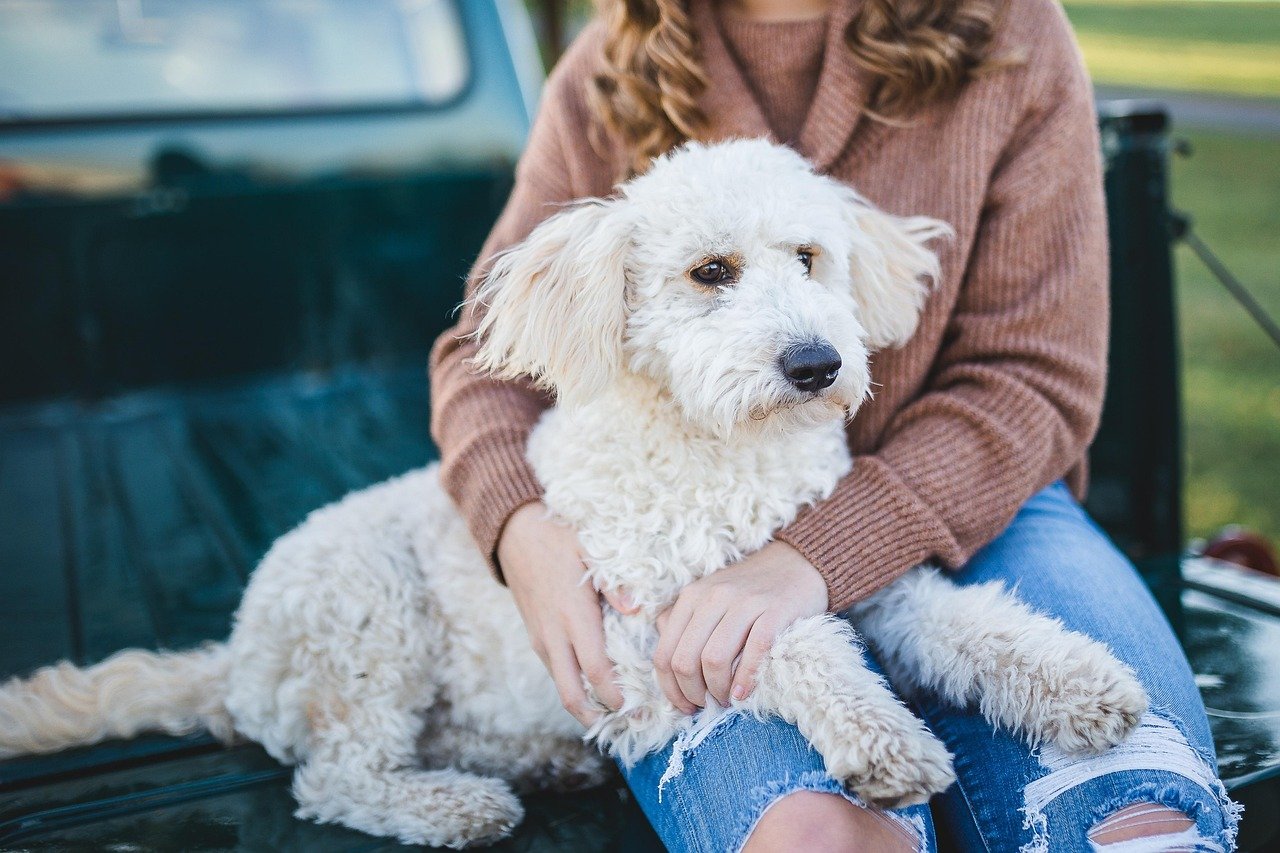
Imagine getting a big, reassuring hug when you’re scared—that’s exactly what a ThunderShirt or anxiety wrap does for your dog. These snug-fitting garments apply gentle, constant pressure to your pup’s body, which can help soothe anxiety much like swaddling calms a baby. Many pet owners see almost immediate improvement when their dog wears a ThunderShirt during storms. If you don’t have one on hand, you can even try wrapping your dog in a snug, stretchy T-shirt as a temporary fix. It’s a simple idea, but for many dogs, that gentle pressure makes a world of difference.
Distract With Treats and Toys
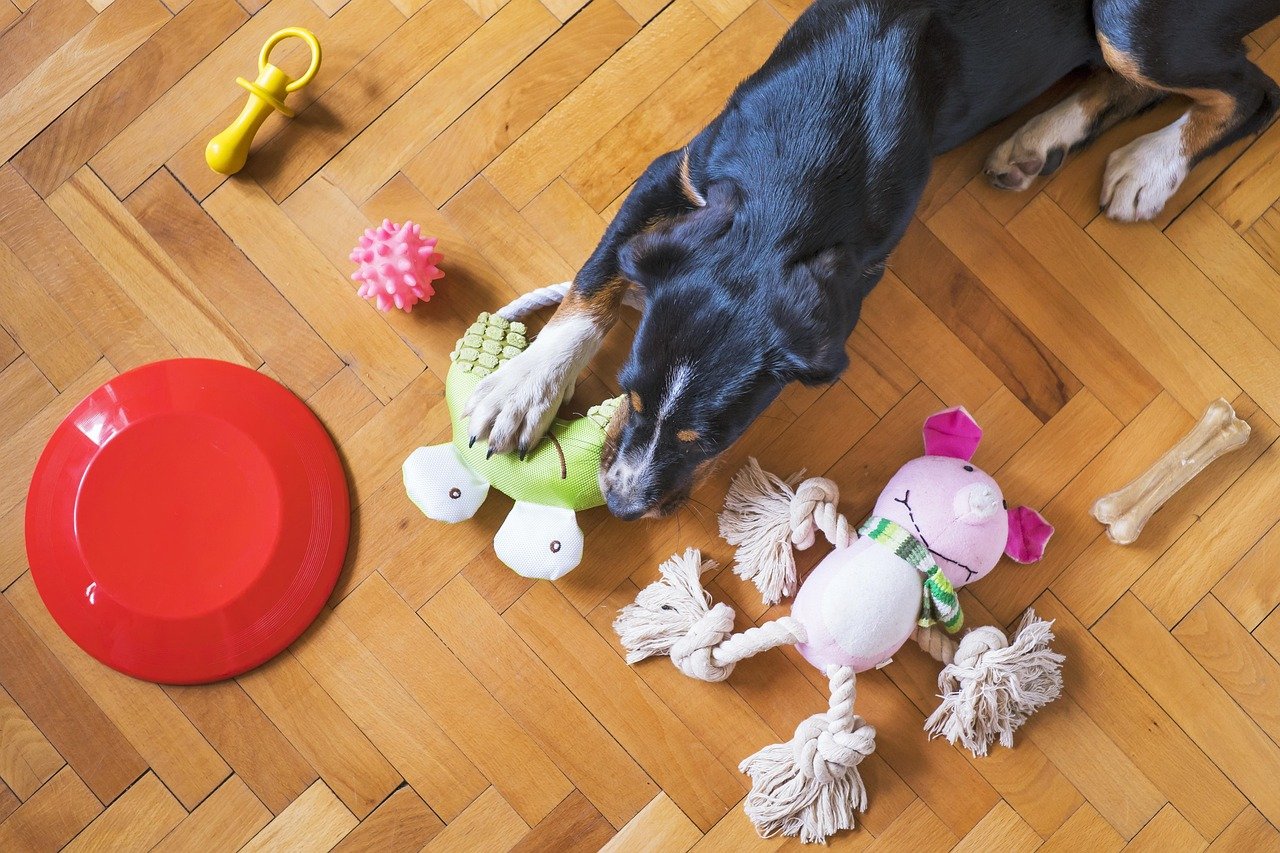
Nothing grabs a dog’s attention quite like a delicious treat or a favorite squeaky toy. When the thunder starts, try engaging your dog in a fun activity that distracts them from their fears. Puzzle toys filled with peanut butter or treats can keep them busy for a while. Games of tug-of-war or fetch (indoors, of course!) might help shift their focus. The key is to offer positive, engaging distractions without forcing your dog to participate. If they’re interested, great—if not, just having those options available can show them that storms don’t have to be scary.
Stay Calm and Offer Comfort
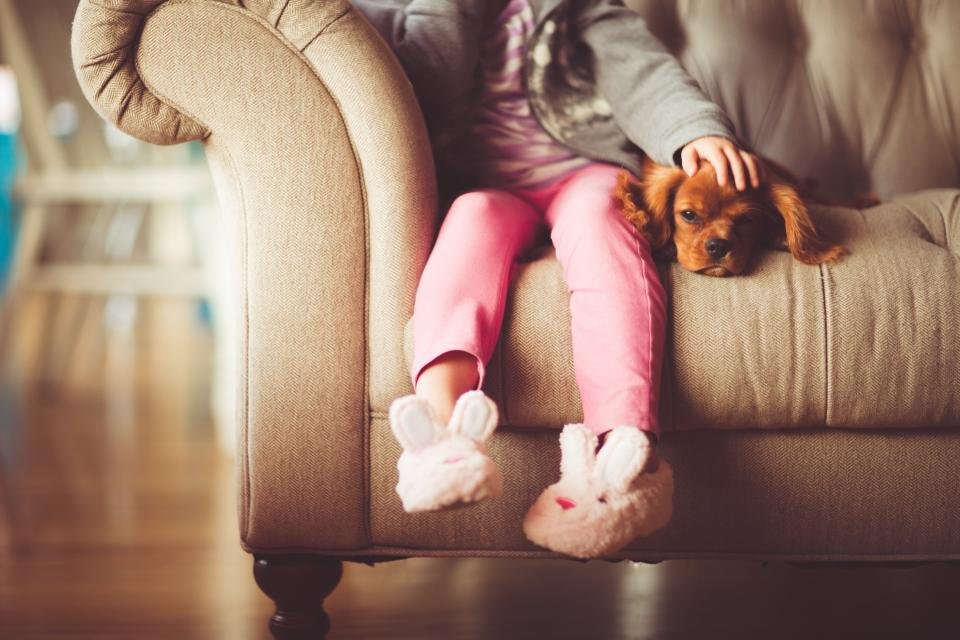
Dogs are emotional sponges—they soak up whatever you’re feeling. If you react to the storm with worry or frustration, your pup will pick up on those vibes. Stay calm, speak softly, and move slowly around your dog. Offer gentle petting or sit quietly nearby, letting them come to you when they’re ready. It’s important not to force affection, but never feel like you’re “rewarding” their fear by comforting them. Wouldn’t you want a hug if you were scared? Your calm presence can be the most reassuring thing in the world for a frightened dog.
Try Natural Calming Remedies
If your dog’s fear is more than just a passing phase, there are natural calming remedies that might help. Some pet owners use pheromone diffusers or sprays that mimic the comforting scent of a mother dog. Others try herbal supplements like chamomile or valerian root, which have gentle calming effects. Always check with your vet before starting any new remedy, as every dog is different. Aromatherapy with lavender or other soothing scents can also be helpful, but make sure any oils are pet-safe. Sometimes, a little extra help from nature is all your dog needs to weather the storm.
When to Seek Professional Help
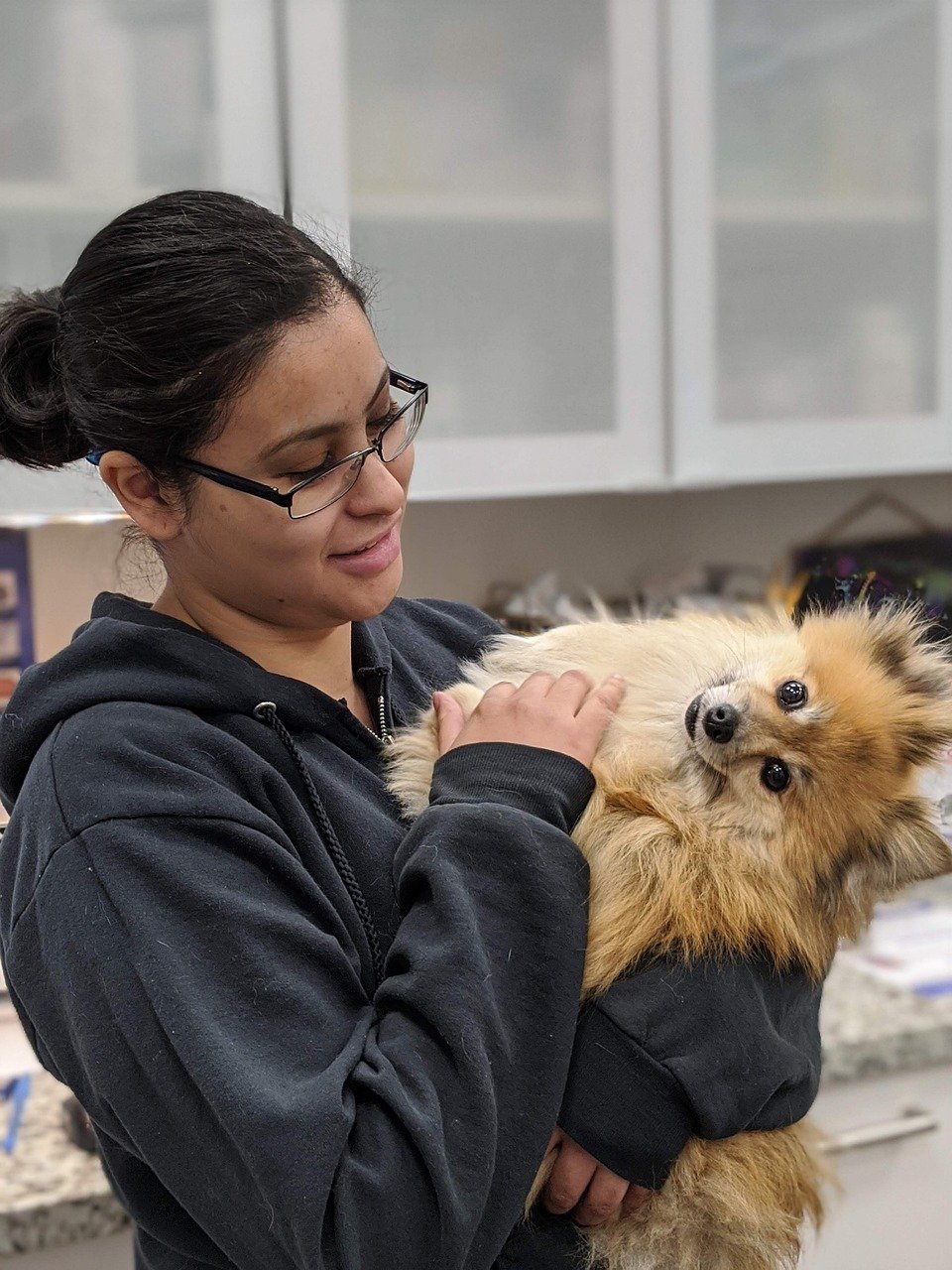
Sometimes, despite your best efforts, your dog’s thunderstorm fear is just too overwhelming. If your dog is harming themselves, refusing to eat, or showing extreme panic, it’s time to call in the experts. Veterinarians and animal behaviorists can offer specialized advice and, if needed, prescribe medication to help manage severe anxiety. They can also help you develop a training plan to gradually reduce your dog’s fear over time. There’s no shame in asking for help—sometimes, a professional touch is exactly what your beloved pup needs to start feeling safe again.

Linnea is a born and bred Swede but spends as much time as possible in Cape Town, South Africa. This is mainly due to Cape Town’s extraordinary scenery, wildlife, and atmosphere (in other words, because Cape Town is heaven on earth.) That being said, Sweden’s majestic forests forever hold a special place in her heart. Linnea spends as much time as she can close to the ocean collecting sea shells or in the park admiring puppies.





